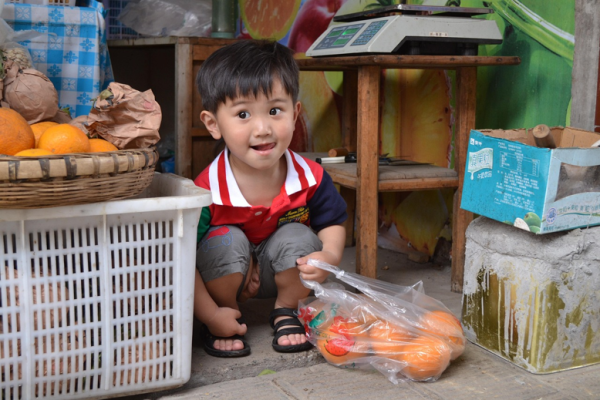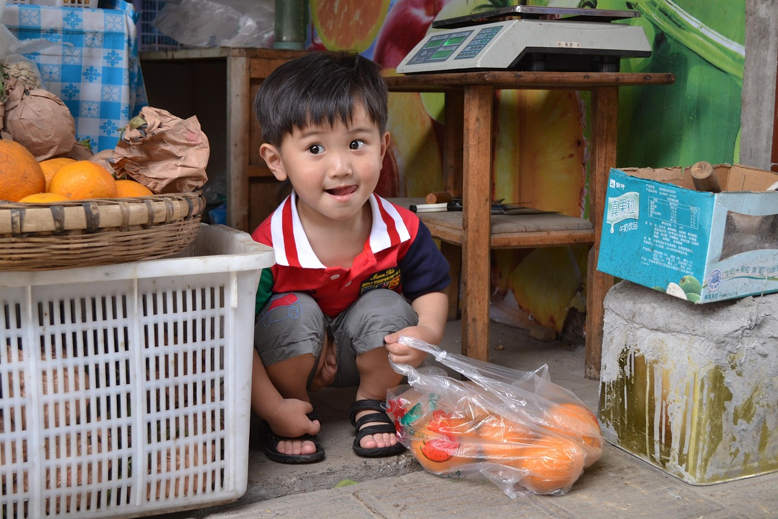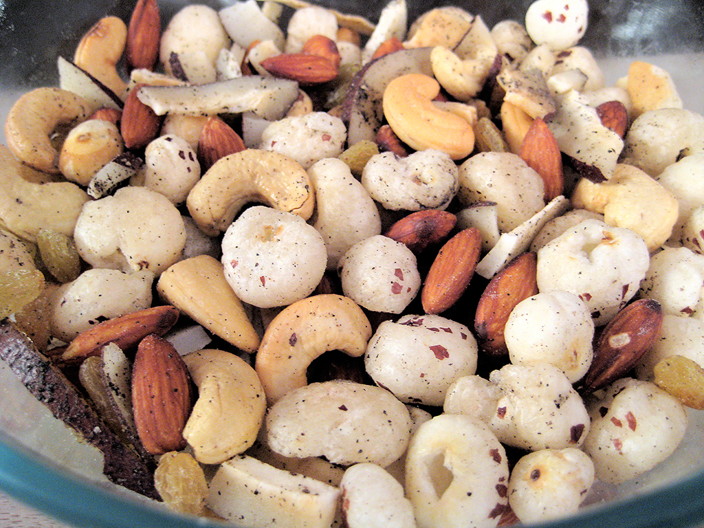
Tips To Stop Cats From Scratching Furniture
Are you a cat owner and does your pet scratches furniture? And, you cannot control your adorable pet? Before knowing the tips to control your cat’s behavior, understand why cats scratch furniture?
Main reasons for cats cannot resist scratching your beloved furniture is because of any of these reasons – they try to maintain claw health, stretch and exercise for health, marking their territory, for stress relief, it could be due to attention seeking and many times it is ingrained habit obtained from their wild ancestors! Whatever the reason, if your furniture looks spoiling and you are looking to give something alternative for your pet to scratch then here are few tips.
1. Provide alternative scratching options:
- Scratching posts: Get sturdy, tall scratching posts covered in sisal or carpet.
- Cardboard scratchers: Many cats love cardboard scratchers, which are affordable and replaceable.
- Cat trees: These offer a mix of scratching surfaces and climbing options.
2. Make furniture unappealing:
- Sticky tape: Cats dislike sticky surfaces. Apply double-sided tape (like sticky paws) to problem areas.
- Aluminum foil or plastic sheets: Cover furniture with foil or plastic temporarily to deter scratching.
- Furniture covers: Use slipcovers or protectors to minimize damage.
3. Use deterrent sprays:
- Citrus scents: Cats dislike citrus smells, so try lemon or orange-scented sprays.
- Commercial deterrents: Look for cat-safe sprays designed to discourage scratching.
4. Trim their claws: (If you are against this, then try other tips) Most pet owners trim cat’s nails short to reduce the damage they can cause.
5. Redirect their behavior:
- Reward good behavior: Praise and offer treats when your cat uses a scratcher.
- Interactive play: Provide toys and play sessions to reduce stress and excess energy.
6. Consider soft claw covers: These are vinyl or silicon nail caps and covers that prevent damage from scratching.
DIY Natural deterrent sprays: If you prefer a homemade solution to keep cats away from furniture then these sprays could help.
- Citrus spray: Mix water with a few drops of lemon, orange, or eucalyptus essential oil.
- Vinegar spray: Mix equal parts of water and apple cider vinegar.
- Lavender or rosemary spray: Cats dislike these scents, so a diluted essential oil spray can help. For one cup water add ten drops of lavender or rosemary oil, mix well and spray.
- Lavender and eucalyptus spray: For one cup water add five drops each of lavender and eucalyptus essential oil, mix well and spray.
Image credit: myllissa from Seoul, S. Korea, CC BY-SA 2.0 <https://creativecommons.org/licenses/by-sa/2.0>, via Wikimedia Commons
Photo by Jasmine Pang: https://www.pexels.com/photo/two-cats-lying-on-a-scratching-post-16881825/ (Free to use)
Image credit: kitten on couch – unsplash (Free to use)
Author: Sumana Rao | Posted on: April 1, 2025
« These Tips Makes Hanging Wall Décor Easy No Air Conditioner? Follow These DIY Cooling Hacks »












